Pamukkale
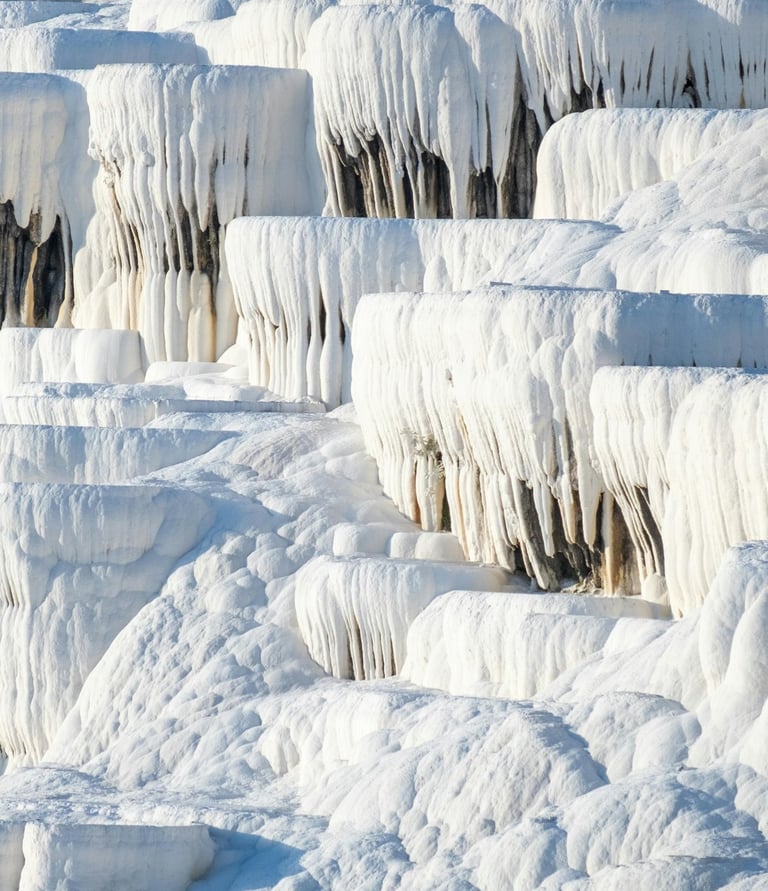

A Geothermal Wonder of Turkey
Located in the Denizli province of southwestern Turkey, Pamukkale stands as one of the world’s most extraordinary geotourism destinations. Renowned for its striking white terraces that resemble cascading snow or cotton, this natural formation is actually made of travertine, a form of limestone deposited by mineral-rich thermal waters.
The geological marvel of Pamukkale began thousands of years ago, when hot spring waters containing high levels of calcium carbonate emerged through tectonic fractures in the Earth's crust.
As the water cooled and was exposed to air, the minerals settled, gradually forming the brilliant white terraces we see today. This process continues to this day, making Pamukkale a rare example of an actively forming natural wonder.
Pamukkale’s appeal extends beyond visual beauty. It’s a site of scientific fascination, attracting geologists, researchers, and students interested in geothermal activity, sedimentation, and landscape evolution. Nearby lie the ruins of the ancient Greco-Roman city of Hierapolis, built atop the same geothermal springs, adding archaeological and historical richness to the experience.
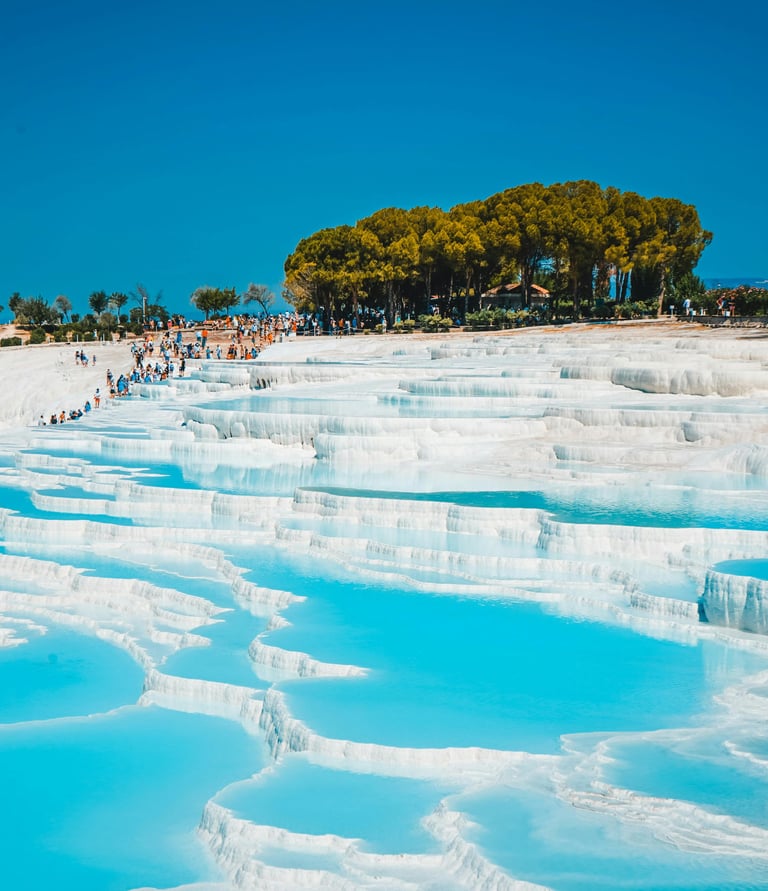

Gallery
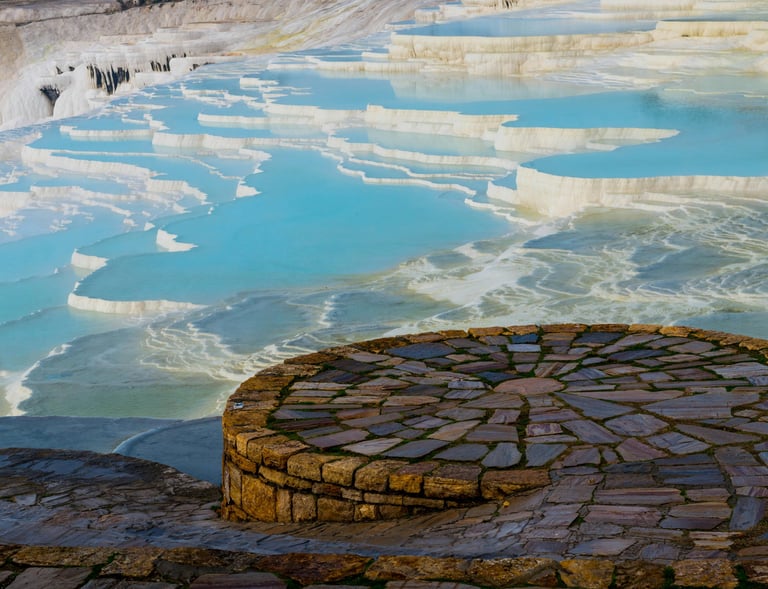

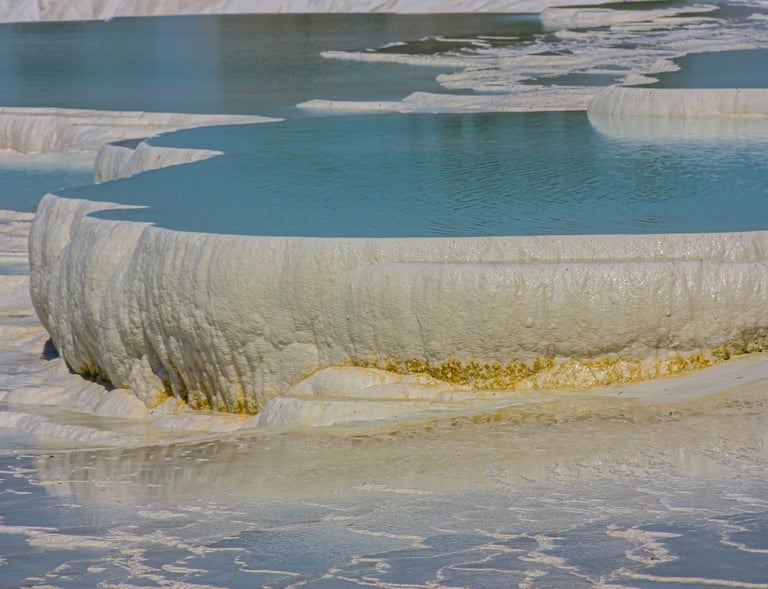

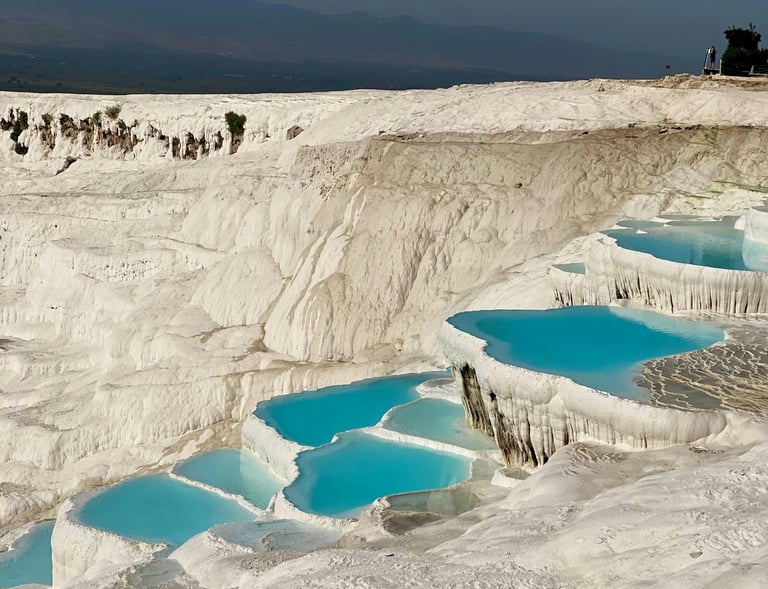

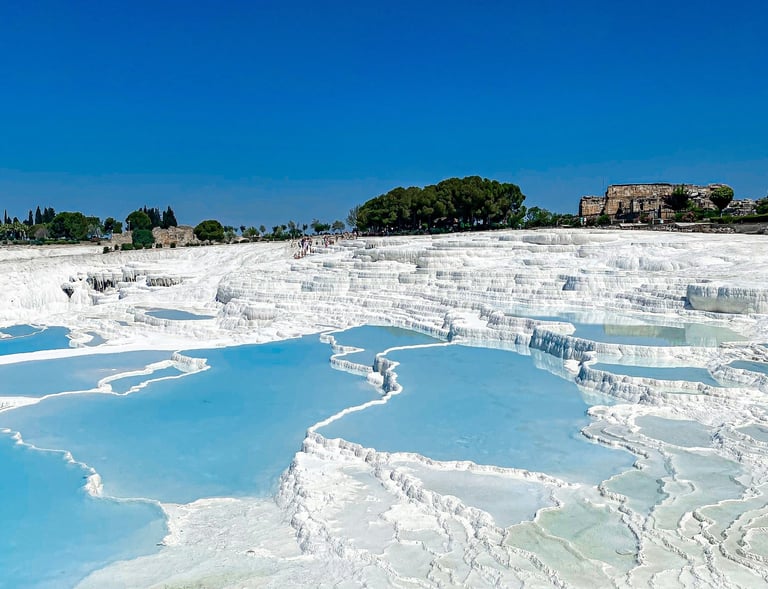

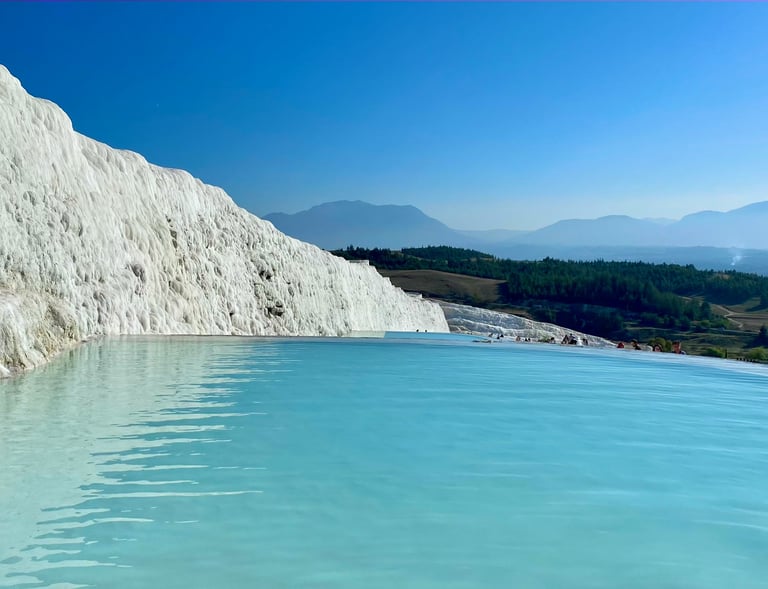

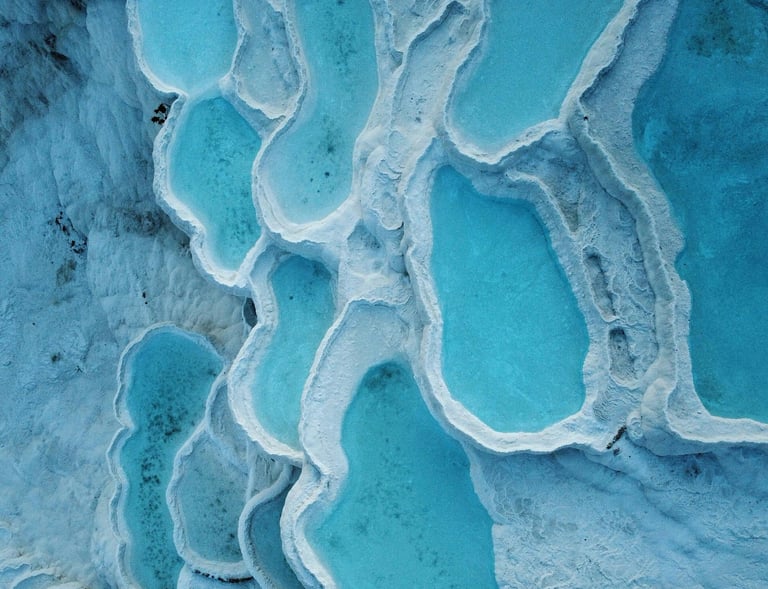

Explore Earth's wonders through stunning geological photography and insights.
